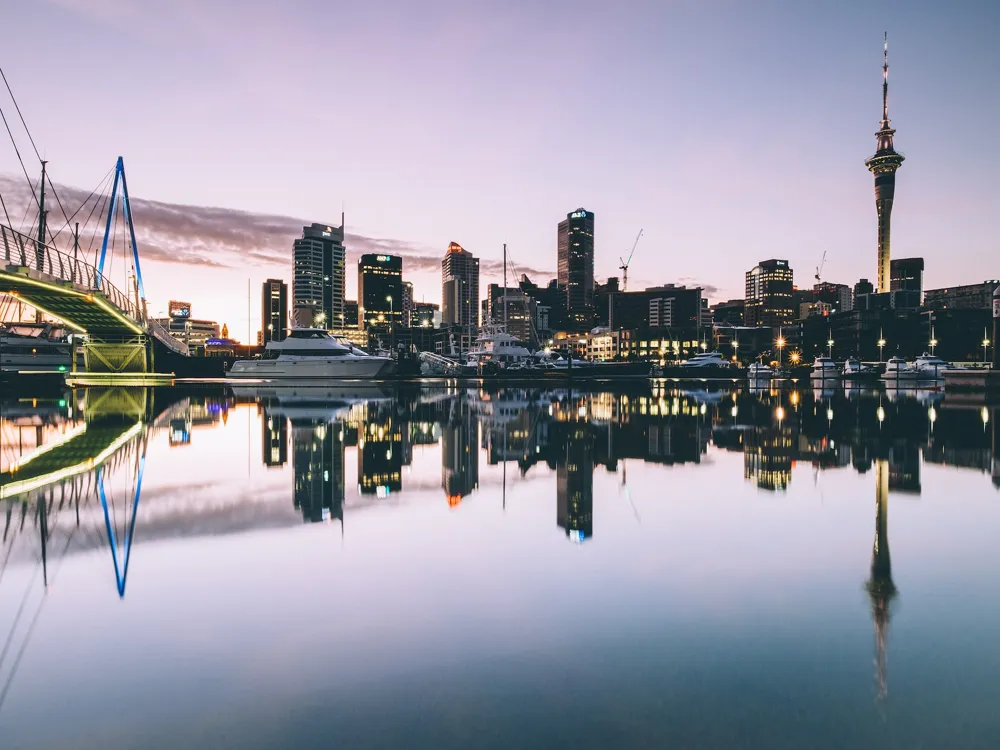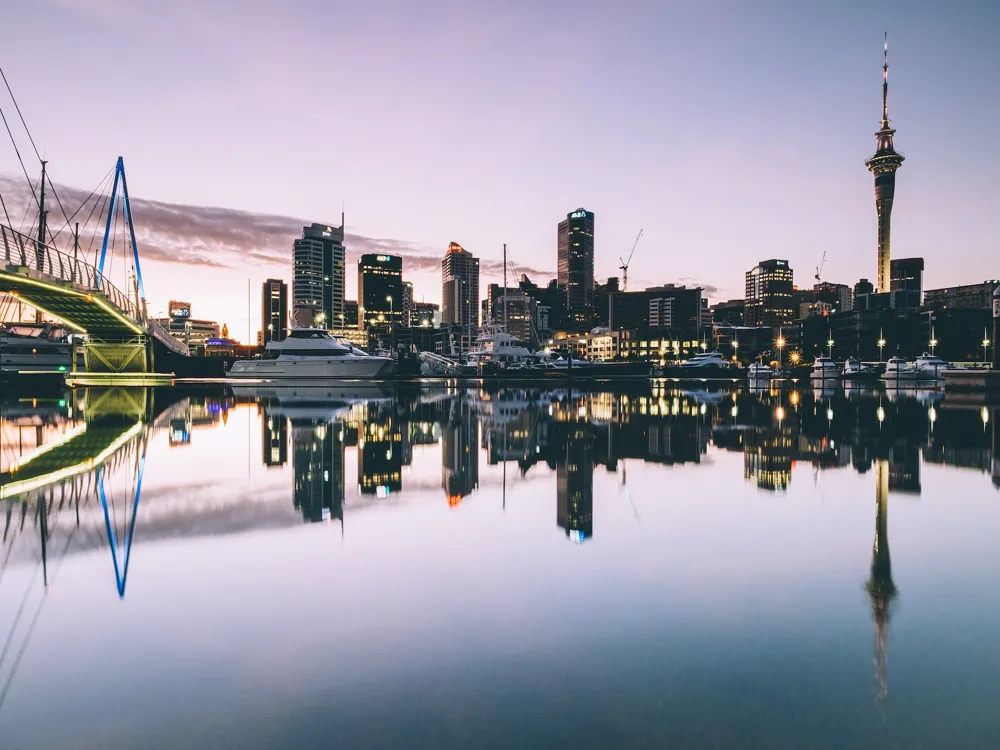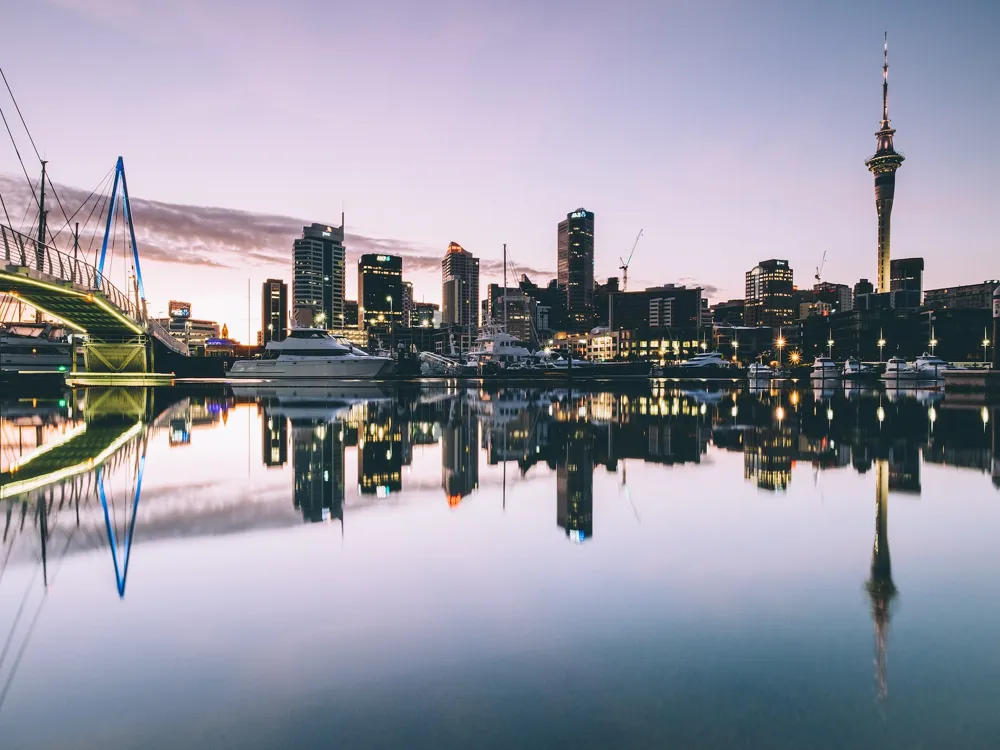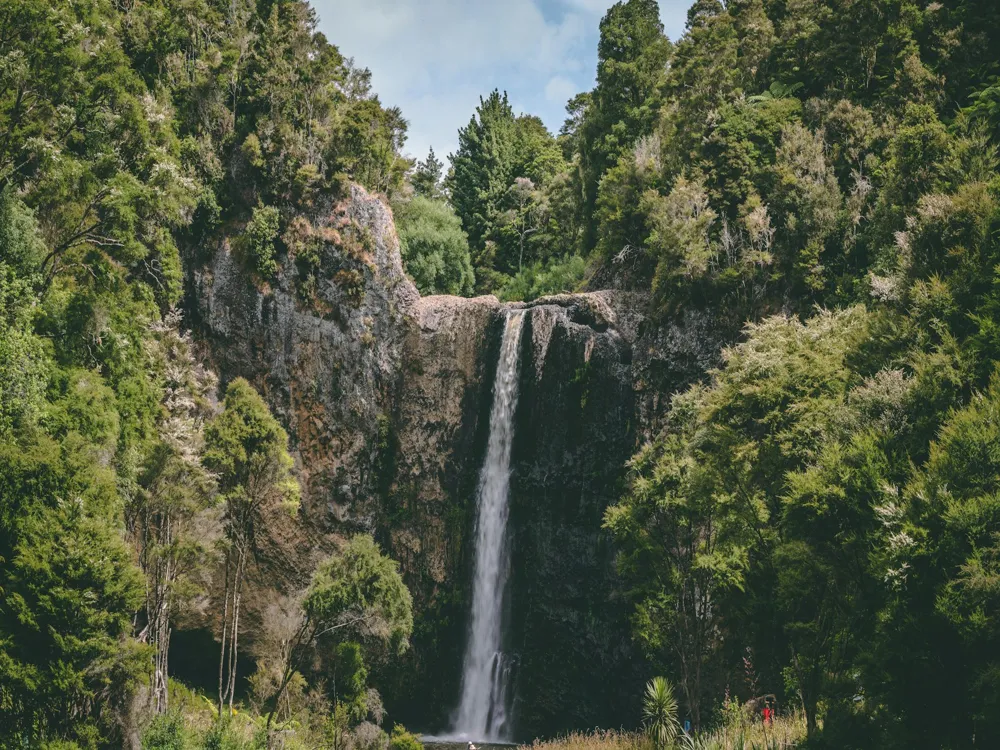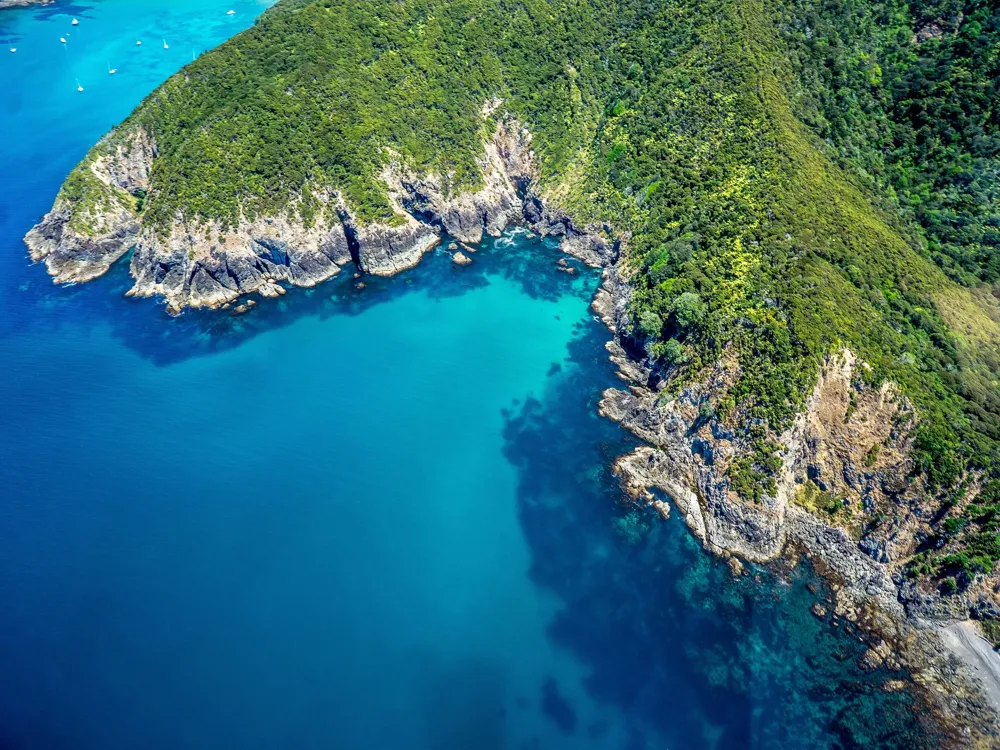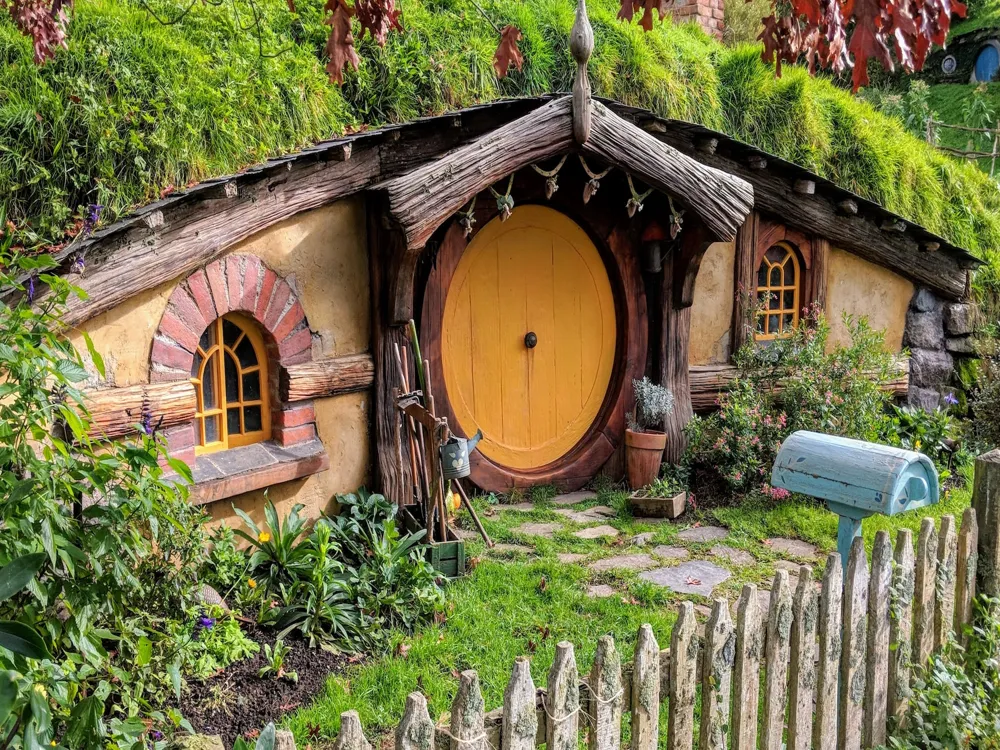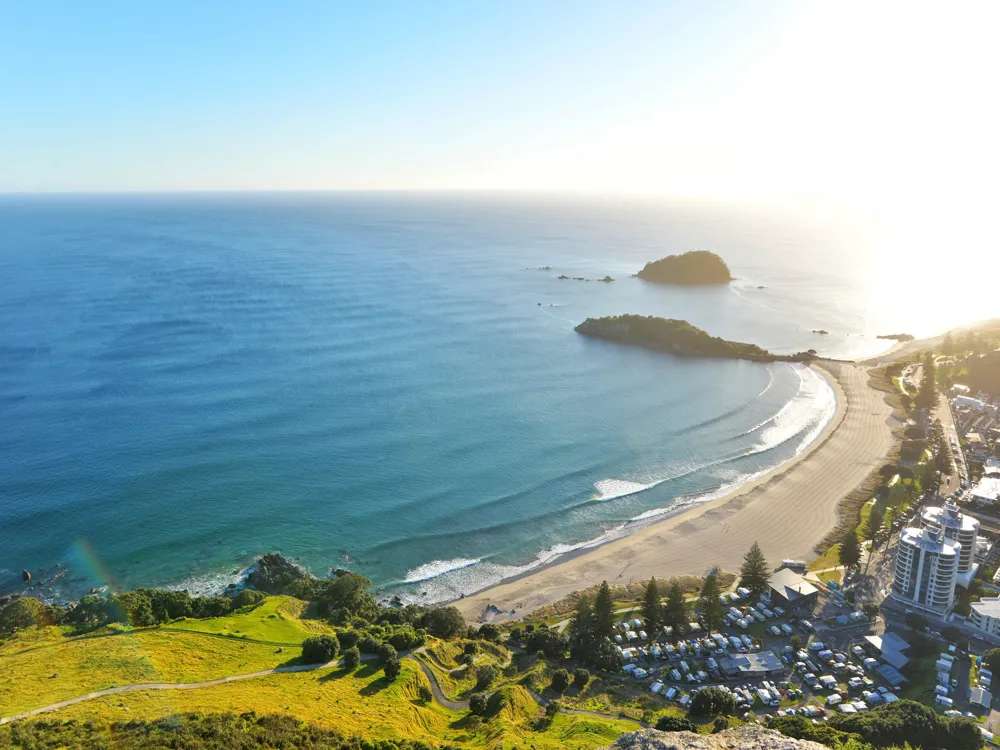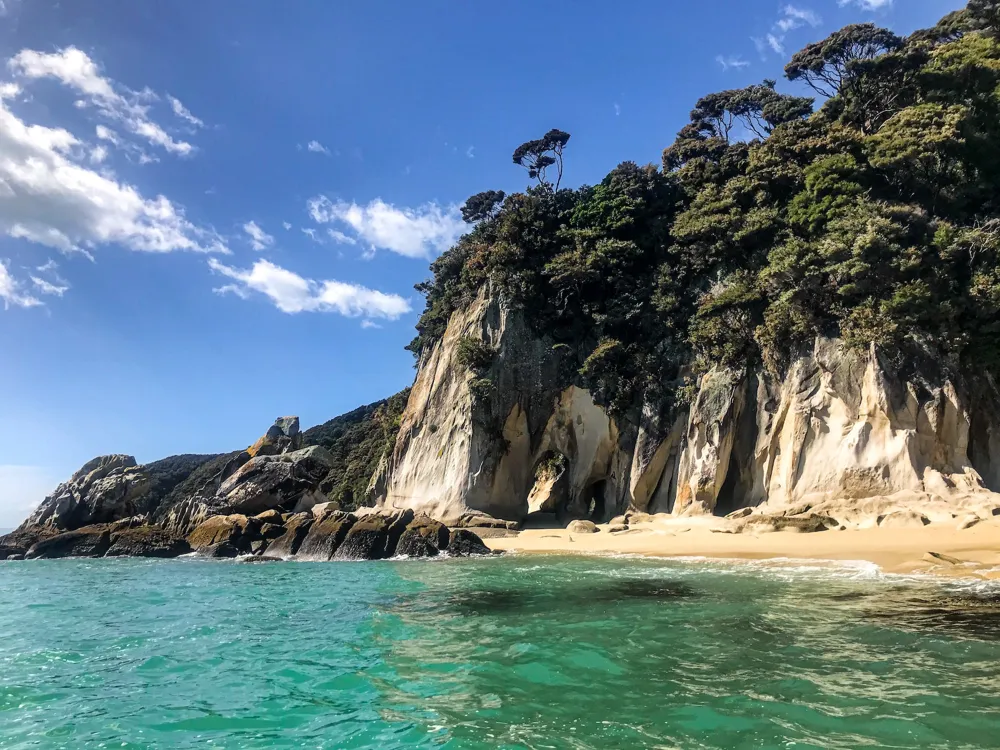Auckland, often regarded as the pulsating heart of New Zealand, is a vibrant and diverse city that harmoniously blends urban sophistication with a stunning natural backdrop. Known as the 'City of Sails,' Auckland is nestled between two harbors and is adorned with numerous beaches, islands, and hiking trails, making it a perfect blend of city life and outdoor activities. This overview will delve into the essence of Auckland, exploring its history, culture, and the myriad of experiences it offers to both residents and visitors alike. Founded on the rich cultural tapestry of the Māori people, Auckland's history is a fascinating journey through time. The city's modern narrative weaves through its colonial past, transitioning from a small Māori settlement to a bustling metropolis. This transformation is visible in its architecture, museums, and the daily life of its citizens. Auckland's cultural scene is a vibrant celebration of its diverse population, with a range of festivals, music, art, and culinary delights that reflect the city's multicultural heritage. The economic prowess of Auckland cannot be understated. As the largest city in New Zealand, it is the hub of commerce, finance, and education. The city's skyline, marked by the iconic Sky Tower, is a testament to its economic vitality. Auckland's educational institutions, renowned for their high standards, attract students from all over the world, further enhancing its reputation as a city of learning and innovation. For those seeking adventure, Auckland offers a plethora of outdoor activities. From sailing in the Hauraki Gulf to hiking in the Waitakere Ranges, the city is a haven for nature lovers. Its beaches, parks, and volcanic cones provide stunning views and an opportunity to enjoy New Zealand's unique flora and fauna. The city's commitment to environmental sustainability is evident in its well-maintained natural spaces, providing a green oasis in the heart of an urban setting. In summary, Auckland is a city that offers something for everyone. Its unique blend of history, culture, economic vitality, and natural beauty makes it a must-visit destination on the global map. Whether you're a history buff, a cultural enthusiast, an adventure seeker, or a business traveler, Auckland's welcoming spirit and diverse offerings will leave you enchanted. Auckland's architecture is a fascinating reflection of its history and cultural diversity, ranging from traditional Māori structures to contemporary skyscrapers. This section will explore the architectural landscape of Auckland, showcasing how the city's buildings and structures tell the story of its past, present, and future. The traditional architecture of the Māori people, the indigenous inhabitants of New Zealand, is an integral part of Auckland's architectural heritage. The Marae, a communal and sacred meeting ground, is central to Māori culture and is characterized by intricately carved meeting houses (wharenui) that are rich in symbolism and history. These structures are living embodiments of Māori traditions and craftsmanship, offering a glimpse into the spiritual and social life of the indigenous community. Colonial architecture in Auckland marks the next significant phase in the city's architectural evolution. Buildings from the Victorian and Edwardian eras, constructed during the British colonial period, are prevalent in the older parts of the city. These structures, with their distinctive features such as ornate facades, high ceilings, and sash windows, are a reminder of Auckland's transformation in the 19th and early 20th centuries. The 20th century brought modernism to Auckland's architectural scene. Influenced by international styles and local innovations, this period saw the rise of sleek, functional buildings that emphasized simplicity and practicality. The Auckland War Memorial Museum, an iconic example, blends neoclassical style with local materials and motifs, creating a unique architectural statement. Contemporary Auckland architecture is a dynamic and evolving landscape. The city's skyline is dominated by the Sky Tower, a symbol of modern Auckland and the tallest structure in the Southern Hemisphere. Newer buildings, often featuring glass and steel, reflect Auckland's status as a global city. These structures, alongside green spaces and public art installations, contribute to a cityscape that is both functional and aesthetically pleasing. In essence, Auckland's architecture is a tapestry of styles and influences, each layer adding to the rich narrative of the city. From ancient Māori designs to cutting-edge modern structures, the architecture of Auckland is a testament to the city's diverse history and its ongoing evolution as a cosmopolitan hub. The ideal time to visit Auckland is during the summer months from December to February when the weather is warm and sunny, perfect for outdoor activities. However, for those who prefer a quieter experience, the shoulder seasons of spring and autumn offer mild weather and fewer crowds. Auckland has a well-developed public transportation system including buses, trains, and ferries, making it easy to navigate the city. Consider purchasing an AT HOP card for convenient and cost-effective travel. For more flexibility, renting a car is a great option, especially for exploring areas outside the city center. Auckland offers a wide range of accommodation options, from luxury hotels to budget hostels. For a more authentic experience, consider staying in a local bed and breakfast or a boutique hotel. Booking in advance is advisable, especially during peak tourist seasons. Understanding and respecting Māori culture is important in Auckland. When visiting a Marae or other Māori cultural sites, be mindful of local customs such as removing shoes before entering. A basic understanding of Māori greetings and phrases can also be appreciated. Auckland's culinary scene is diverse, offering everything from traditional Māori cuisine to international dishes. Seafood is a must-try, given the city's coastal location. Exploring local farmers' markets and food festivals can provide a taste of the local food culture. Auckland's natural landscape offers a multitude of outdoor activities. Enjoy sailing in the Waitematā Harbour, hiking in the Waitakere Ranges, or relaxing on one of the many beaches. Remember to respect the natural environment and follow local guidelines for conservation. Auckland is well-connected globally and can be easily reached by air, sea, or land. Auckland International Airport is the main gateway for international travelers, offering flights to and from numerous global destinations. For those traveling by sea, the Auckland cruise terminal accommodates a variety of cruise ships. Road networks and bus services connect Auckland with other parts of New Zealand, making it accessible for those on a road trip or using inter-city buses. Once in Auckland, the city's comprehensive public transport system, including buses, trains, and ferries, makes getting around straightforward and efficient. Car rentals and taxis are also readily available for those who prefer private transportation. For a unique experience, consider exploring the city by bike or on foot to truly immerse yourself in the vibrant culture and scenic beauty of Auckland. Read More:Overview of Auckland
Architecture of Auckland
Tips When Visiting Auckland
Best Time to Visit
Transportation Tips
Accommodation Advice
Cultural Etiquette
Food and Dining
Outdoor Activities
How To Reach Auckland
Coast to Coast Walkway
Auckland
₹ 72,000 onwards
View auckland Packages
Weather :
Tags : Avenues & Promenades
Timings : 7 days a week (7:00 AM to 6:00 PM)
Time Required : All year round
Entry Fee : Free of Cost
Planning a Trip? Ask Your Question
Auckland Travel Packages
View All Packages For Auckland
Top Hotel Collections for Auckland

Private Pool

Luxury Hotels

5-Star Hotels

Pet Friendly
Top Hotels Near Auckland
Other Top Ranking Places In Auckland
View All Places To Visit In auckland
View auckland Packages
Weather :
Tags : Avenues & Promenades
Timings : 7 days a week (7:00 AM to 6:00 PM)
Time Required : All year round
Entry Fee : Free of Cost
Planning a Trip? Ask Your Question
Auckland Travel Packages
View All Packages For Auckland
Top Hotel Collections for Auckland

Private Pool

Luxury Hotels

5-Star Hotels

Pet Friendly







